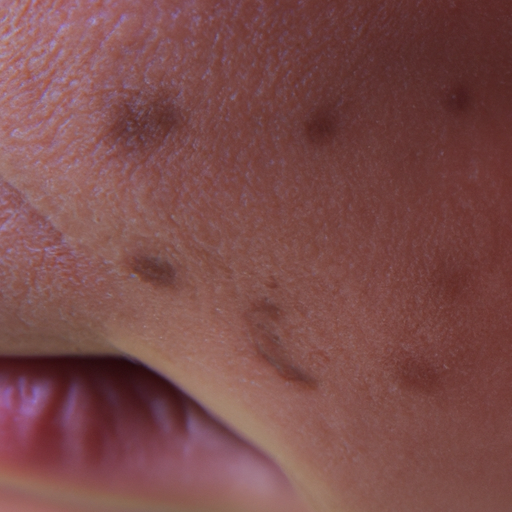Title: Unmasking Acne: A Dermatologist’s Guide to Diagnosis and Effective Treatment Strategies
Acne is a common skin condition that affects millions of people worldwide. As a dermatologist, I often encounter patients who are frustrated with their acne and are seeking effective treatment strategies. This article aims to unmask acne, providing insights into its diagnosis and effective treatment options.
Acne is characterized by the presence of pimples, blackheads, whiteheads, and cysts on the skin. It commonly affects the face, neck, chest, back, and shoulders. Although it is most prevalent among teenagers, acne can affect individuals of all ages.
Diagnosing Acne
The diagnosis of acne is primarily based on a thorough skin examination. As a dermatologist, I look for various types of acne lesions such as comedones (blackheads and whiteheads), papules, pustules, nodules, and cysts. The severity of acne is determined by the number and type of lesions present, as well as their distribution on the body.
It’s important to note that acne can sometimes be a sign of underlying health issues such as hormonal imbalances or polycystic ovary syndrome (PCOS). Therefore, a comprehensive medical history and additional diagnostic tests may be necessary in some cases.
Effective Treatment Strategies for Acne
The treatment of acne is tailored to the individual’s specific needs and the severity of their condition. Here are some of the most effective treatment strategies:
1. Topical Treatments: These include over-the-counter products and prescription medications that are applied directly to the skin. They often contain active ingredients like benzoyl peroxide, salicylic acid, or retinoids that help to unclog pores and reduce inflammation.
2. Oral Medications: For moderate to severe acne or acne that doesn’t respond to topical treatments, oral medications may be prescribed. These include antibiotics to reduce inflammation and kill acne-causing bacteria, or oral contraceptives to regulate hormones in women.
3. Isotretinoin: This is a powerful medication used for severe, cystic acne that hasn’t responded to other treatments. It reduces the size of the skin’s oil glands and the amount of oil they produce.
4. Procedures and Therapies: These include treatments like laser therapy, chemical peels, and extraction of large cysts. They are usually considered when acne is resistant to medication or causing significant scarring.
Preventing Acne
Prevention is always better than cure. Simple lifestyle changes can significantly reduce the occurrence of acne. These include maintaining a healthy diet, regular exercise, adequate hydration, good sleep, and proper skincare routine. Avoiding stress and certain trigger foods can also help in managing acne.
In conclusion, acne is a common but treatable skin condition. As a dermatologist, my goal is to help patients understand their skin better and guide them towards effective treatment strategies. Remember, every individual’s skin is unique, and what works for one person may not work for another. Therefore, it’s essential to consult with a dermatologist for a personalized treatment plan.
Keywords: Acne, Dermatologist, Diagnosis, Treatment Strategies, Topical Treatments, Oral Medications, Isotretinoin, Procedures and Therapies, Prevention.



